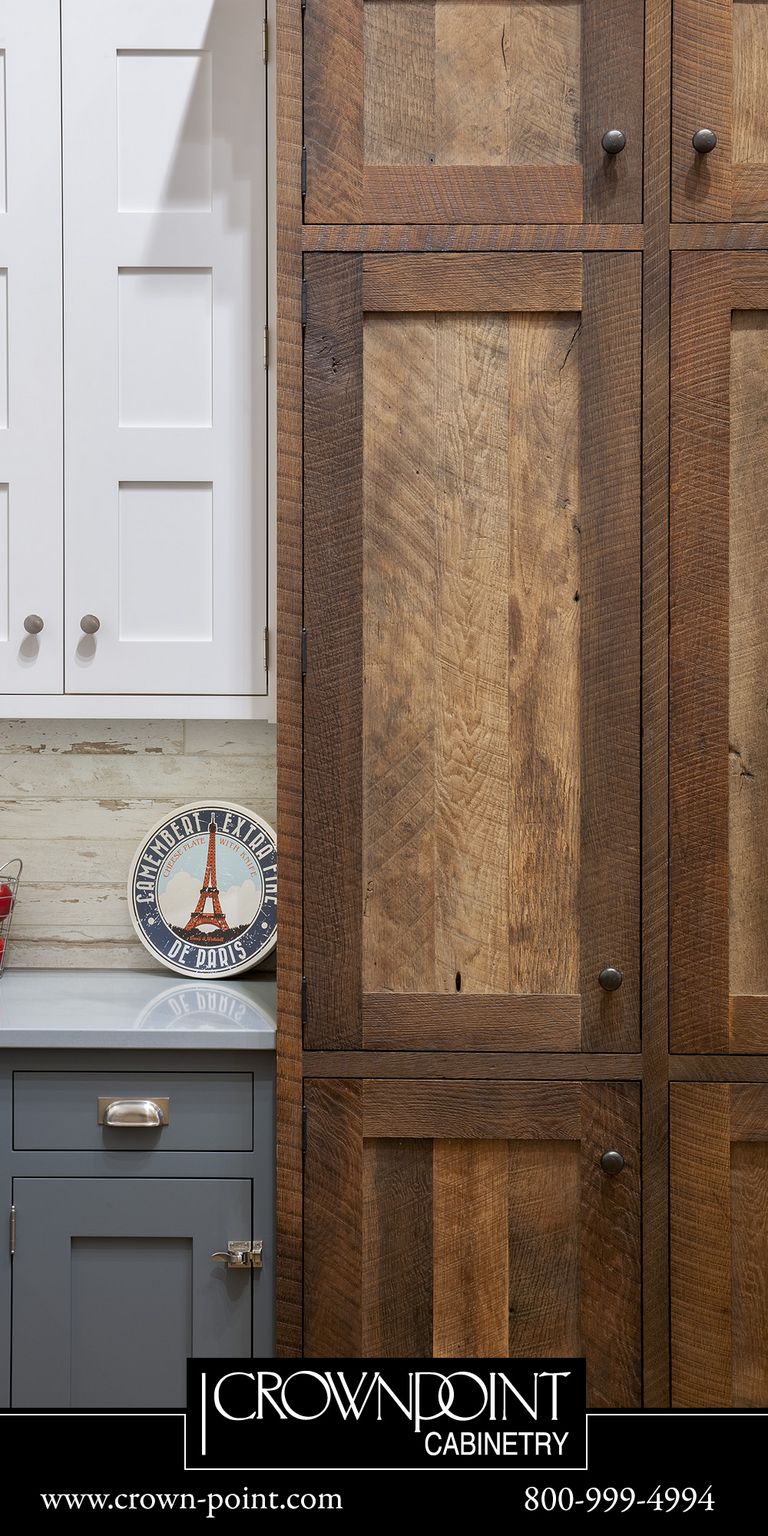From Applicant to Juror
By Sarah O Donnell
Outside of my time as AIA Vermont’s Executive Director, I am a practicing artist and have spent the better part of the last 10 years actively pursuing art opportunities, mostly in the form of exhibitions and residencies, but also for things like awards and grants. Over the course of those ten years, I would guess that I’ve submitted over 500 applications, entries and proposals for these various opportunities. At one time, I was averaging one application per week, based on an artist friend’s assertion that, “if you’re not getting at least one rejection letter a week you’re not trying hard enough.”
My admittedly cynical sense of humor enjoyed her way of embracing the cruel reality of putting your work and yourself out there at such a high rate. My recent experience of being on the other side of the process gave me insight into how juries review the work they receive, and I’ve come away with a few thoughts that seemed worth sharing with AIAVT’s members, who no doubt share the artists’ familiarity with the application process.
I was on the Jury side for the first time this fall, when I was invited by Burlington City Arts to be a member of the jury that would review the Great Streets Initiative Public Art Project submissions.
Without revealing details about the artists or work submitted, I came away from this experience wanting to share what insights I could with my fellow “application laden” fields.
One of my takeaways, which is admittedly a “no duh” realization in hindsight, was that the jury only has what was submitted to choose from. Commonly, when I see the results of an application, I’m curious as to what was selected and enjoy being able to peruse the images of the artists’ works that were selected. It’s not often though, that it’s possible to see all of the entries, so it remains a mystery as to how these works compared to the other entrants’. To be a juror, and have the opportunity to see and review all of the proposals and works submitted is an interesting contrast, because that mystery is gone and suddenly it’s a matter of comparing apples to oranges to latkes in an effort to narrow it down to a reasonable number. I think I also tend to see what a jury selects and wonder why that particular work was deemed the top pick. Perhaps when I’m musing on their selection, I’m invariably imagining all the other projects that must have been in the running, and because my imagination for such things is subjective- I’m imagining works that I would LOVE. How could they NOT have chosen those works??! Oh yeah, this is all in my head. Who knows what they had to choose from.
When it comes to public art, some immediate things come to mind: large scale sculptures, materials that last forever- such as stainless steel, corten steel, granite or marble, and static objects that can stand in their site with minimal maintenance over time. I’ll admit, none of these things describe the kinds of artworks that I love. I realize the need for Public Art Projects to be able to stand up to the weather, but I also personally feel that the field of Public Art is sometimes dishearteningly narrow. I was pleasantly surprised, then, at the wide range of works submitted, and the variety of mediums and materials that the artists were interested in working with. This topic received a lot of conversation among the jury, while we worked to try to strike a balance between engaging, contemporary works made of a variety of materials, and the pragmatics of placing these pieces out of doors in the harsh Burlington weather.
Another take away was the budget dance; as a jury, we had a set total amount of money budgeted that we needed to work within, and so deciding which artists we would select and fund to realize their projects, becomes an interesting jigsaw puzzle. Along with the budget, there is also the placement of the works selected. These two things were intertwined in our case, because some proposals were designed for specific sites, others were more open and could be sited in one of multiple locations. We had the double challenge of selecting a variety of works that could be sited throughout the city, while also wanting to squeeze as much out of the budget as possible. The conversation then became, do we want to select this artist’s work, which would cost us half the budget for one large piece, or do we want to select the work of these three artists whose pieces would cost the same to fund? The desire to ensure that Burlington’s citizens would get to enjoy many high quality artworks for years to come was a tricky feat to accomplish.
As far as my future applications go, being a juror reinforced the adage that an applicant should present their work as professionally as possible. This means high quality images, a well written proposal (free of grammar and spelling mistakes!) that clearly and concisely communicates the intended project, and a budget that accounts for the full scope of the work that is being proposed. It was also a clear takeaway that the proposal should take into account and respond directly to the sponsoring organization’s desired goals. “Boilerplate” applications are easy to sniff out, and can be a turnoff in and of themselves, EVEN when the work they show is of a high quality.
Despite now having been a juror myself, the desire to be a fly on the wall when my own work is being reviewed will likely never go away. Ultimately, there is a magic that happens when a group of people come together to review and choose from the works of a large number of applicants. Our group’s dynamic made for conversations that shifted in and out of agreement, and posed challenges to one another’s biases and priorities. When the final decisions were made, I came away feeling proud of the work we had done. While a different group of people would have undoubtedly made different decisions, I felt that the conversations that lead the group to our final outcomes were inspiring and authentic. As a group, we took the responsibility of jurying seriously, but we also laughed at the inevitable fact that in the end, no matter what our choices were, someone somewhere would think they were “wrong”.
Sarah O Donnell works across a wide range of mediums, including installation, photography, video, and collage. Examples of her work can be seen at www.sarahodonnell.com






